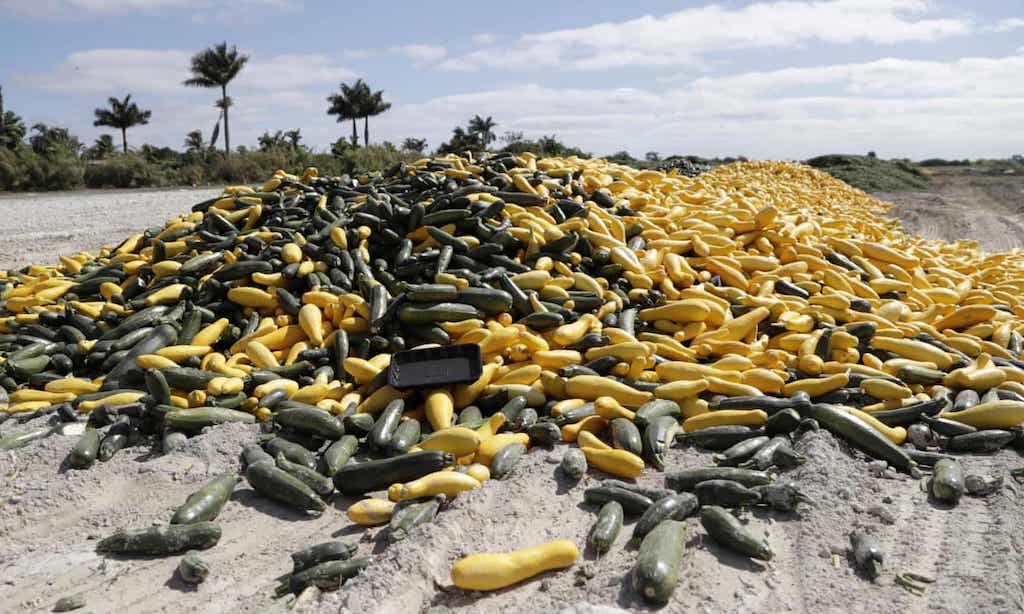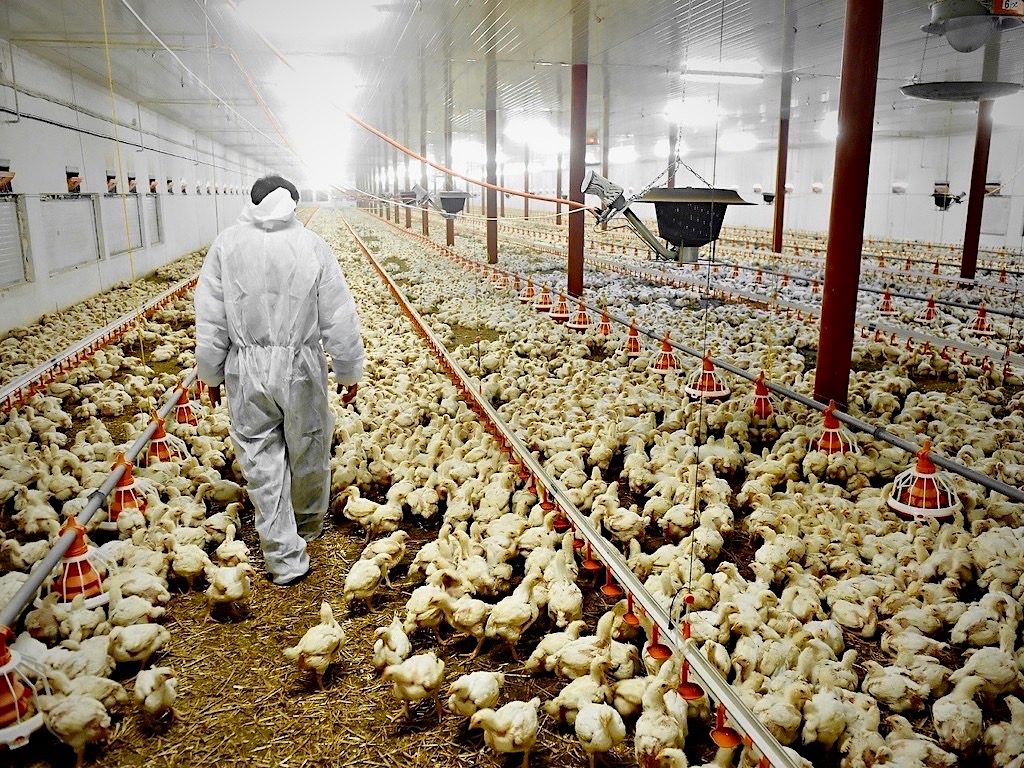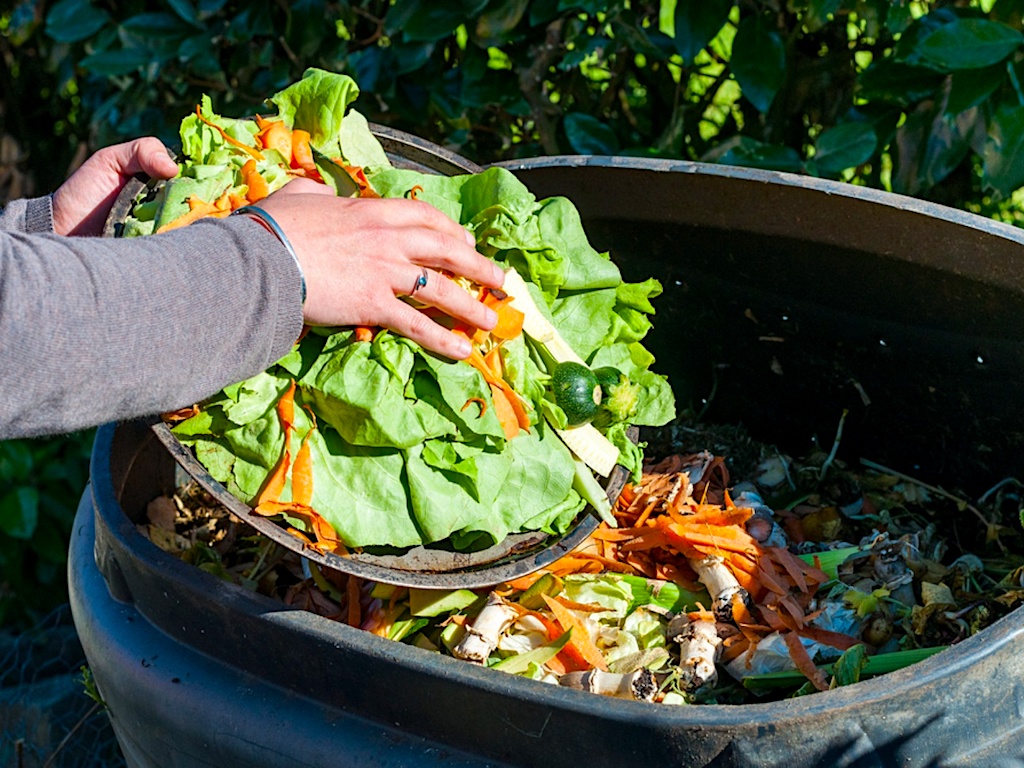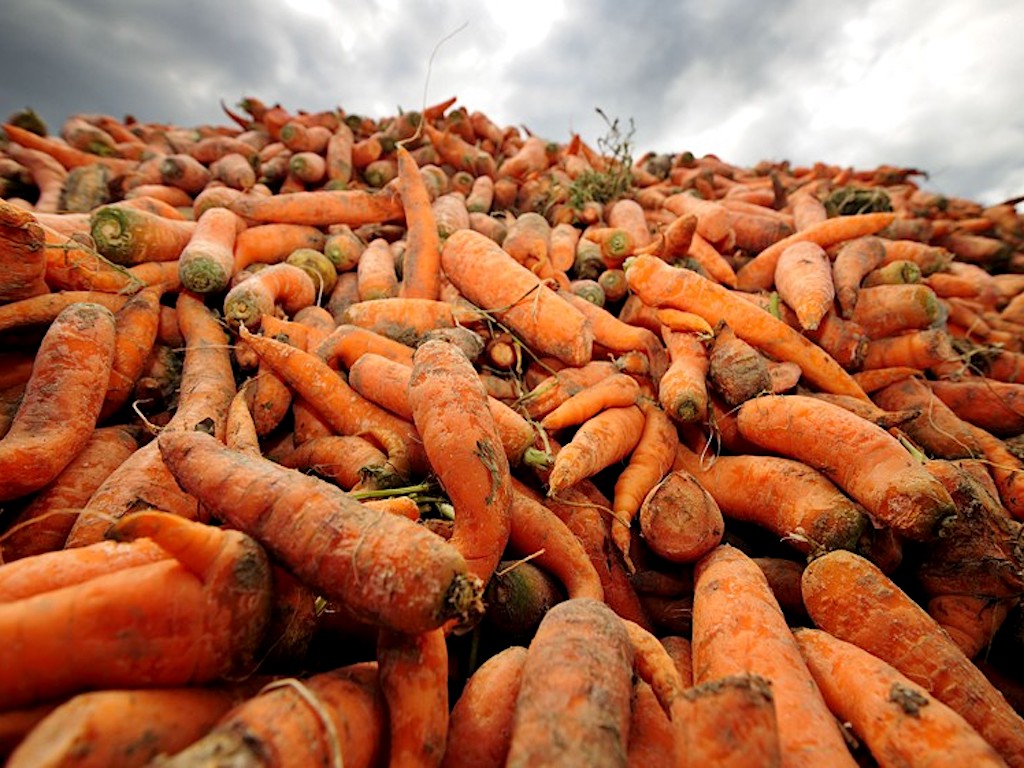7 Mins Read
The pandemic has exposed what scientists have long been warning about – our global food supply is so broken, disconnected, and insufficient that drastic changes must be made in order to feed the world healthily and sustainably.
The global food supply chain was among the hardest hit amidst the coronavirus pandemic with 265 million people possibly facing starvation to closed meat plants causing empty supermarket shelves. Here are 10 things that the coronavirus has shed light on.
1. Commercially grown food isn’t easily repurposed
Food that is grown for food service is currently being thrown away, as global F&B businesses continue to be shuttered as a part of coronavirus containment measures. While some may wonder why they aren’t just being transferred to retail – social media has been flooded with images of empty supermarket shelves – it’s an entirely different system to repurpose commercially grown crops that were originally destined for wholesale into prepared and packaged products. And getting it shipped on trucks to grocery stores is another step in the process that is difficult to organise, not to mention expensive. So instead, farmers are now being forced to dispose of millions of pounds of fresh vegetables and fruit into fields and landfills – all the while the World Food Programme warns of widespread famines of “Biblical proportions” in a recent report.

2. Livestock workers are especially vulnerable to illness
What the collapse of the US meat supply chain revealed is the inherent dangers of work in the animal meat industry. Processors and manufacturers were prompted to shut down due to a labour shortage caused by rapid outbreaks of Covid-19 amongst employees in 2020 and 2021, who are at greater risk of contracting the disease due to the nature of the work itself, working in close proximity on the job, and low wages that tend to mean living in cramped quarters. We can see similar outbreaks in other poorly paid jobs that mostly employ marginalised communities, such amongst Singapore’s migrant worker population that bore the brunt of the cases in the city-state.
3. Food and farm workers work in inhumane conditions
From meat packers to fishermen and agricultural farm workers, the pandemic has hailed these food and farm workers as “heroic essential workers” that are keeping the critical food supply chain going. However, they continue to lack the very basic protections they deserve to ensure their workplace safety. Many relief measures and stimulus packages excluded food workers, which left many in the sector without any basic personal protective equipment such as face masks and hand sanitisers whilst their working conditions mean that physical distancing is impossible. But putting food and farm workers at greater risk of infection doesn’t just jeopardise their lives and safety – it is threatening food security as a whole and factory worker outbreaks have pushed meat supply chain to breaking point. It is clear that these inhumane conditions and practices must come to an end if we are to ensure the health of the entire food system.
4. Farmers don’t make enough money
On top of this, farmers and food workers tend to continue dangerous work because they have to face an agonising choice between staying at home and going for weeks, potentially months, with no income. Or they can continue working, getting paid around 15 cents on the dollar, and risk infection – no pay for sick leave, no extra pay for hazardous working conditions. Incredibly poorly paid work perpetuates the problem – while they uphold critical food supply chains, the sector employs mainly people from marginalised communities who tend to work in cramped spaces where the chances of spread of the disease are much higher and have little access to affordable healthcare.
5. We are too dependent on carbon-intensive meat
Meat is one of the industries hardest hit by the pandemic, with Tyson Foods’ CEO warning that the meat supply chain is “breaking”. As it so happens, animal-based products are some of the most carbon intensive in the world. Figures from the UN show the animal agriculture industry generates around 18 percent of global greenhouse gas emissions – more than all transportation combined – and uses around 70 percent of arable land, in the process driving destructive practices such as deliberate deforestation, as well as contributing to biodiversity loss and water pollution. Scientists have reiterated time and time again that in order to avoid total climate collapse, we need to shift to a plant-centric food system. The industry that we are over-reliant on for the world’s source of protein is breaking, and is the very industry that is driving our climate and ecological emergency.
6. Carbon-intensive industrial meat is driving disease
Industrial meat isn’t just driving the climate crisis, it is one of the root causes of disease outbreaks. The world’s top biodiversity and wildlife experts have recently said that it is the combination of “rampant deforestation, uncontrolled expansion of agriculture, intensive farming, mining and infrastructure development, as well as the exploitation of wild species have created a ‘perfect storm’ for the spillover of diseases.” It is all these anthropogenic activities – particularly animal agriculture that has fuelled deforestation and mass biodiversity loss, which we saw earlier happen in the 2019 Amazon rainforest fires, that has increased the risk of zoonotic disease outbreaks. Our ever-rising contact with animals over the years has meant that 70 percent of all emerging human diseases now come from them. If there’s one thing to learn from the current Covid-19 pandemic, it is that we have to change the way our food system produces protein.

Read: Preventing another pandemic – what’s the link between coronavirus and factory farming?
7. We rely too much on food imports
In the past years, trade and globalisation has meant that the food trade is more diverse and expansive than ever before. Proteins, produce and grains in one end of the planet can end up in another in a matter of days. But this increased reliance on international trade for our food supply has dramatically decreased countries’ resilience to external shocks such as export bans and interruptions, which we’re currently seeing due to the coronavirus. Places like Singapore and Hong Kong are especially vulnerable as our food supply chain essentially places “all eggs in one basket” with over 90 percent of food being imported, and now tariffs and travel restrictions are raising concerns about food shortages and price spikes.
8. Investing in urban farms is vital
Coronavirus has shown how inefficient shipping staple fresh produce across thousands of miles from one continent to another. Singapore has quickly realised the need to pivot, and has recently launched a new S$30 million (US$21 million) fund to boost local food production by turning rooftop car parks into urban farms and supporting vertical hydroponic farms. More cities need to start ramping up self-sufficiency by investing in urban farms for locally produced foods that can weather external shocks – whether it be shocks caused by pandemics like the coronavirus or climate-related disasters.
9. We’re wasting a third of all food produced
We still haven’t solved the issue of global hunger, and this issue is getting even more severe due to the Covid-19 crisis, with at least 265 million people being pushed to the brink of starvation, which is double the number of people who were already under threat prior to the pandemic. Yet we waste 30 percent of all food produced – a number that is likely to be far higher now as farm workers and food manufacturers, as mentioned previously, are having to throw away fresh produce and cull millions of livestock animals due to lockdowns, infection outbreaks and travel restrictions. Food that doesn’t get eaten also represents a massive source of waste – land, water, energy, soil, seeds – all of which contributes at least 10% of global carbon emissions that is accelerating the rate of global heating. The world will need to battle a population of 10 billion by 2050 in a climate-stricken planet – and the coronavirus pandemic is exposing the need to solve these interconnected issues of hunger and food waste.

10. Restaurants have been struggling for a long time, even before coronavirus
Restaurants had been having trouble making money before the pandemic struck. In an op-ed published in the New York Times, renowned chef Gabrielle Hamilton detailed the heartbreaking experience of having to close down her bistro Prune. “The coronavirus did not suddenly shine light on an unknown fragility. We’ve all known, and for a rather long time,” she wrote, referring to the difficulty for the industry to grapple with the market’s demanding “grow or go” tactics, ever-rising costs and the takeover of delivery firms. Restaurants simply weren’t succeeding anymore, they were barely surviving. Owner-chefs who are looking to offer good, honest food in a warm environment can barely make ends meet. The only F&B winners in this margin killing industry are large chains. Is this the food landscape we want?
Lead image courtesy of Alistair Scott / Alamy.




